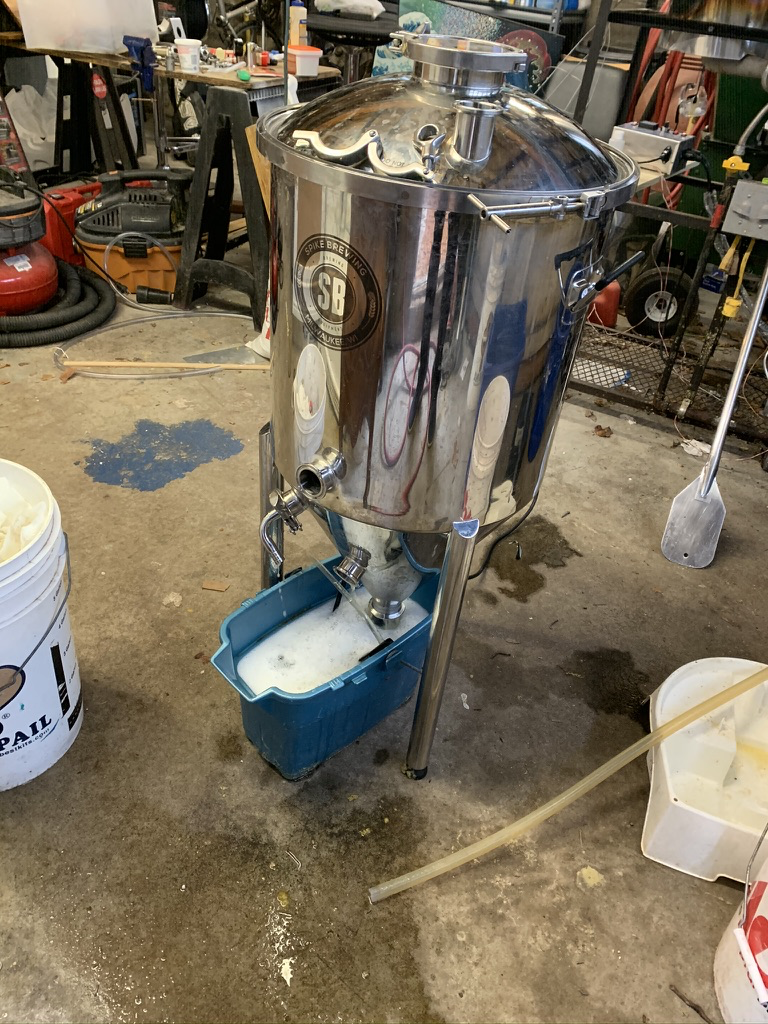For those of you cleaning conical fermentors with CIP are you heating the water only before you start the cycle and then accepting it will cool during the cycle or are you doing something to keep the cleaner hot during the cycle?
Maybe I am overthinking but 5-star mentions circulating PBW at 130-180F and would wonder if I start with water that hot it will surely cool quite a bit over a 20-30 minute cycle (and I read some of you doing even longer cycles).
If you are adding heat during the cycle how are you doing that?
Maybe I am overthinking but 5-star mentions circulating PBW at 130-180F and would wonder if I start with water that hot it will surely cool quite a bit over a 20-30 minute cycle (and I read some of you doing even longer cycles).
If you are adding heat during the cycle how are you doing that?



